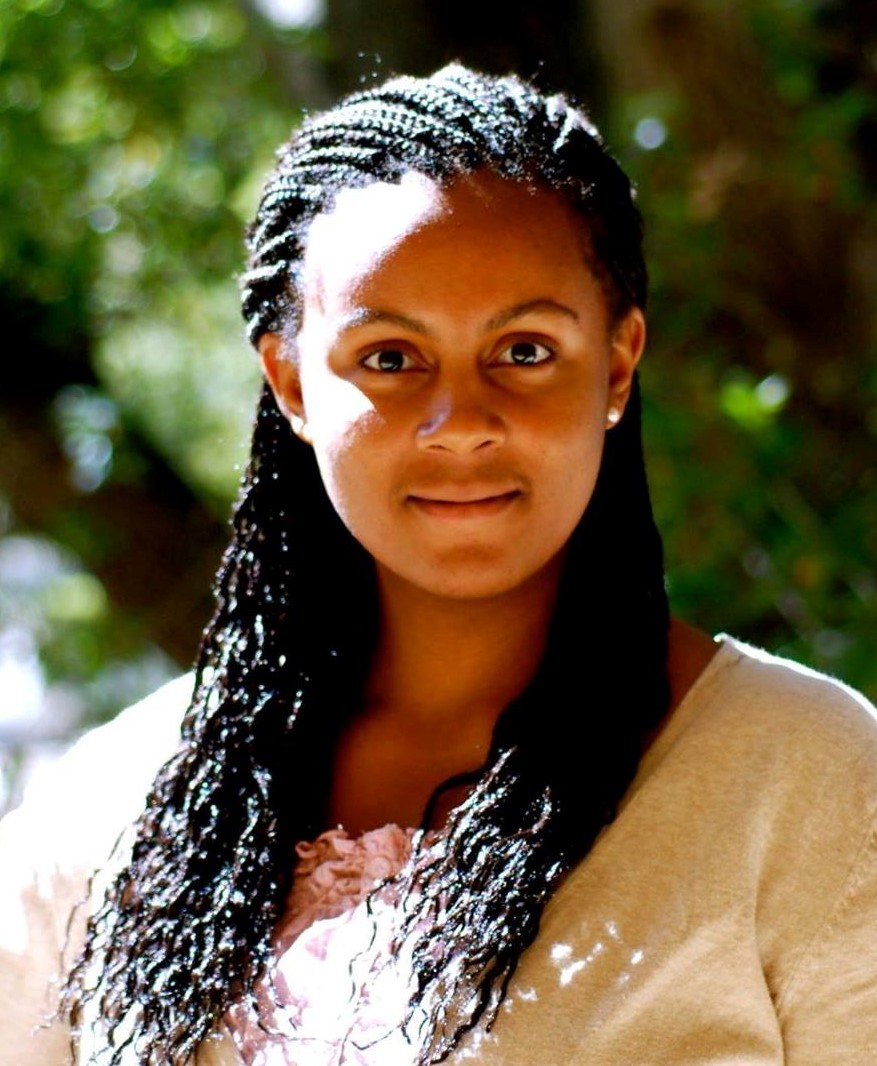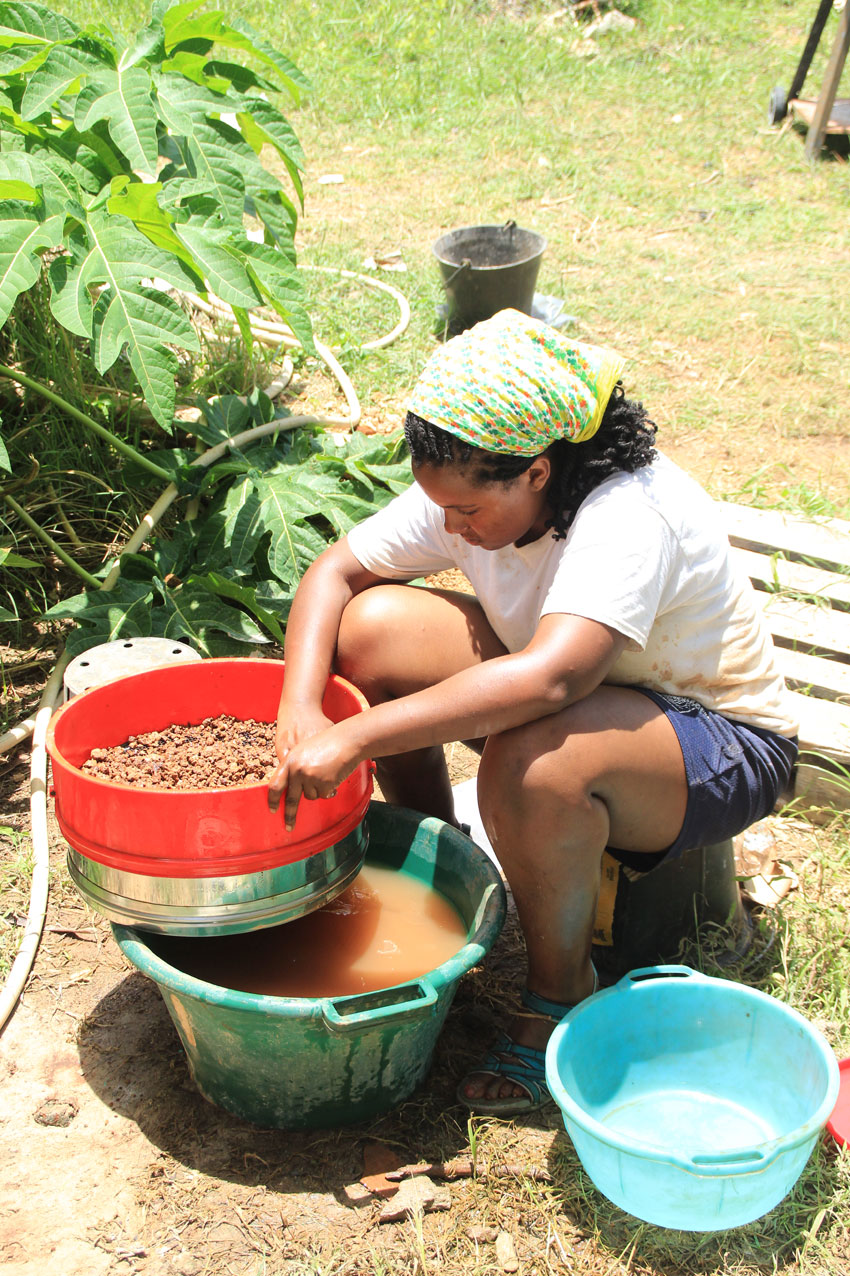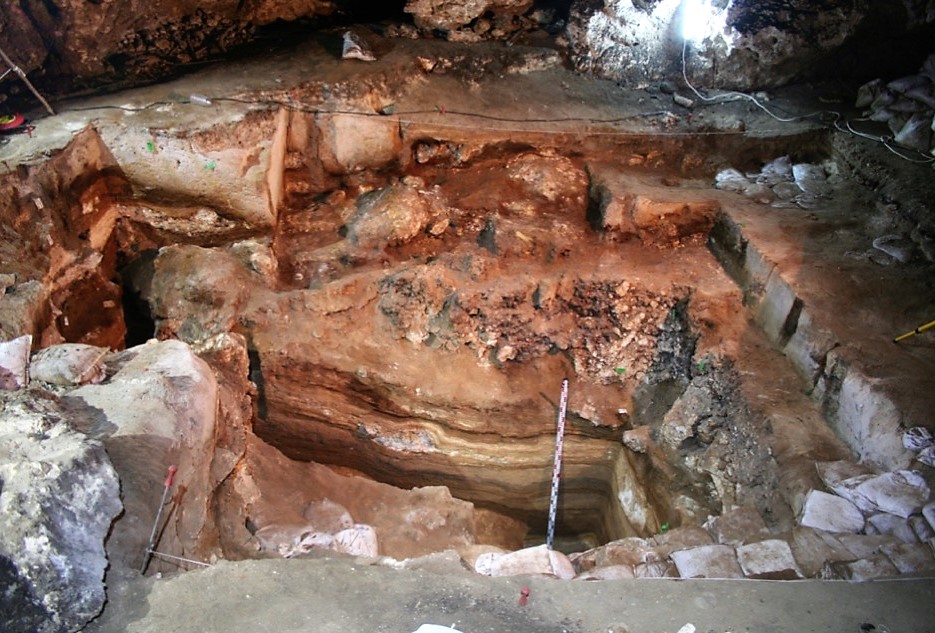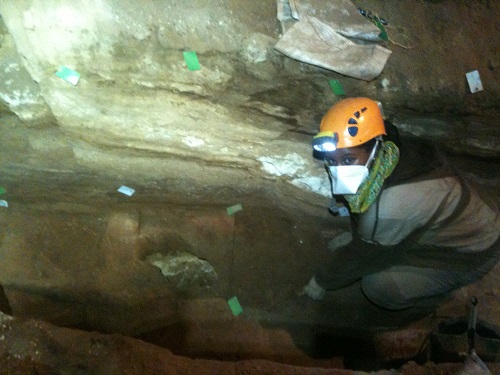About the department:
I am an Assistant professor at the University of Texas at Austin in the Department of Integrative Biology, with a courtesy appointment in the Jackson School of Geosciences. I love the diversity of approaches and research interests represented at UT, and the collections of the Vertebrate Paleontology Lab are an asset to my research. Austin is also a wonderful, vibrant city!
About the research:
My research seeks to understand how environmental perturbations (such as global warming, human colonization events, and sea-level change), shape vertebrate communities through time and space. We utilize paleontological and ecological data from the Quaternary (2.58 ma – present) to assess the extent and ramifications of past instances of extinction, diversification, and colonization. By learning how lineages responded to past environmental perturbations, we aim to make predictions about ongoing and future responses to global change phenomena, which will have implications in conservation. While we work primarily with insular lizards, we are expanding our research program to other taxonomic groups and continental systems.
How have you prepared to be a PI?
I read a lot of blog posts and books about starting a new lab, as well as managing people. Being a PI is kind of like being a small business owner but most of our training doesn’t emphasize managing people. Literature on this subject has been very helpful in developing mentoring strategies, time management, and planning my research program.
How do you/will you approach mentoring new lab members?
I am still crafting my approach to mentoring people in my lab, but my overarching rule is that a one-size-fits-all model of mentoring does not work. At the beginning of the semester, I had everyone in my lab create an individual development plan to outline short-term and long-term goals. We went over these plans as well as our expectations of one another. I plan to revisit these topics regularly with each lab member, as I imagine that our goals and expectations will change as we grow. My ultimate goal is to establish an environment where everyone in the lab communicates freely and respectably with one another, regardless of rank.
What does being a SSE member mean to you?
I am proud to be a member of SSE. The society’s leadership listens to its members and has worked very hard to create an inclusive environment at the Evolution meetings. I had the honor of serving on SSE’s Graduate Student Advisory Committee (GSAC) and I saw firsthand how dedicated SSE is to promoting and celebrating early career scientists through various awards and research grants. Our GSAC representatives are creative, hard-working graduate students and postdocs who have developed various programs that benefit all members of SSE, and their initiatives wouldn’t be possible without the support of SSE leadership. Through my participation in the GSAC, I also saw how much work goes into planning an Evolution Meeting, and I definitely don’t take it for granted anymore!
Besides research, how do you promote science?
I promote science by being visible to the public. Scientists spend a lot of time with each other, both professionally and personally, and we often fail to realize that most people don’t even know a scientist, let alone interact with one on a regular basis. I visit high school classrooms to discuss what I do and answer questions that students have about what it means to be a scientist. I also promote science through research experiences aimed at pre-collegiate students. During my postdoc I trained four high school students in paleontology and my lab is working on developing a high school research program for students in Texas.
Do you have a time management tip to share?
One thing that I’ve experienced as a new faculty member is that my week can be consumed by meetings and classes pretty easily, leaving me little time to get any research work done. I spend about 30 minutes every Sunday planning out my schedule for the week. I try my best to relegate all of my meetings to one day a week, leaving other days free for research. I try to overestimate the amount of time it will take me to complete a task, and I leave 15 minute gaps in between activities so that I can transition from one thing to another with ease.
What one piece of advice would you give to a starting graduate student?
Don’t underestimate the power of an ask. Some of my most meaningful collaborations developed from sending out a cold e-mail asking a stranger about specimens or research localities. It can be intimidating to contact someone that you don’t know, but more often than not, it’s worth it. Likewise, don’t exclude yourself from opportunities because you don’t think that you are a strong applicant. We are often our own worst critic.
What is something most people don’t know about you?
My formative years were spent training in the fine arts, preparing for a career as an artist. Although I loved science as a kid, it wasn’t until the end of high school that I started thinking about a career as a scientist. I value all of the years I spent in the arts, though, and I think that it has made me a better scientist. I learned how to handle criticism at an early age and it pushed me to think creatively.
What do you enjoy doing in your free time?
I enjoy cooking and genealogy research. Even though I am an only child, I have a large extended family and I love spending time with them as well.
 Melissa Kemp
Melissa Kemp

